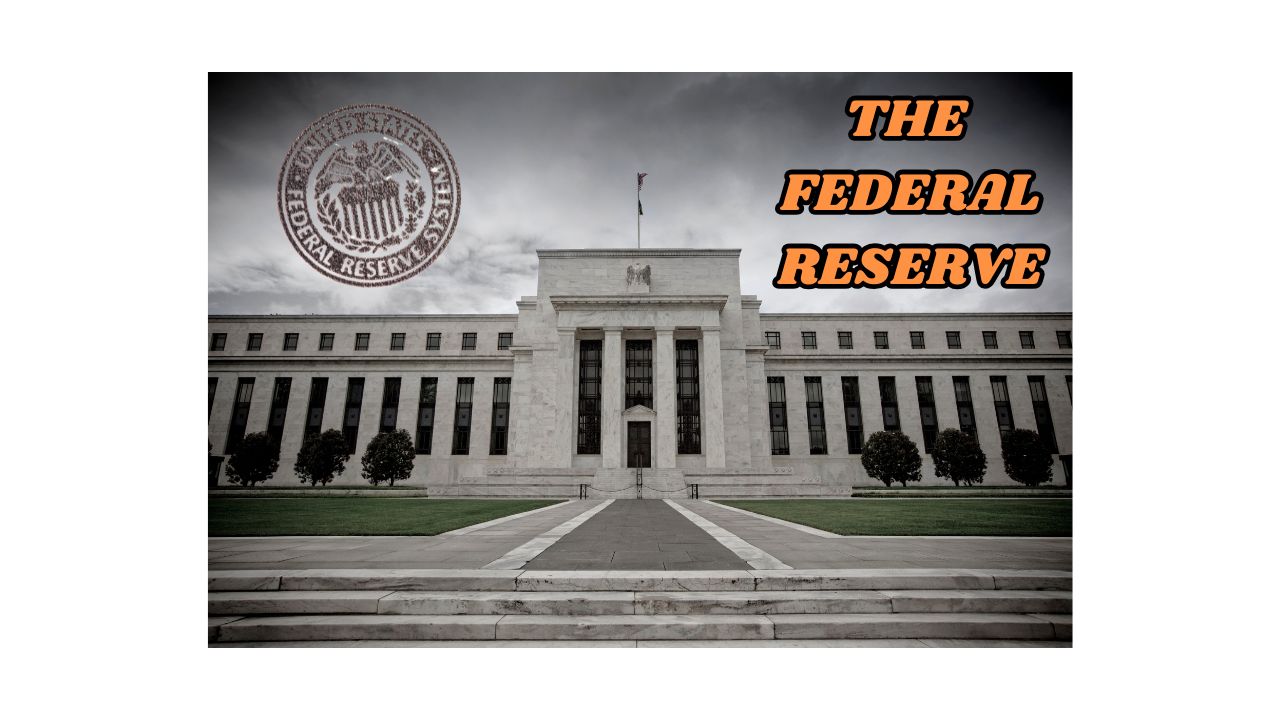Physical Address
304 North Cardinal St.
Dorchester Center, MA 02124
Physical Address
304 North Cardinal St.
Dorchester Center, MA 02124

The Federal Reserve is one of the most critical institutions in the United States economy. You’ve probably heard of it, but what exactly does it do? Let’s unravel the mysteries of the Federal Reserve!
Let’s start with the basics. The Federal Reserve, often referred to as “the Fed,” is the central bank of the United States. Established on December 23, 1913, its primary purpose is to ensure a stable and secure financial system in the country. The Federal Reserve plays a crucial role in regulating the economy, managing the country’s monetary policy, supervising and regulating financial institutions, and maintaining financial stability.
Structure of the Federal Reserve
The Federal Reserve is composed of three key entities:
The Functions of the Federal Reserve
Now that we’ve covered the structure, let’s dive into what the Fed actually does:
Tools of the Federal Reserve
1. Open Market Operations (OMOs)
OMOs are the most frequently used tool of the Fed. This involves buying and selling government securities in the open market to influence the level of bank reserves. When the Fed buys securities, it increases the money supply and lowers interest rates. Conversely, selling securities decreases the money supply and raises interest rates.
2. Discount Rate
The discount rate is the interest rate the Federal Reserve charges commercial banks for short-term loans. Lowering the discount rate makes borrowing cheaper for banks, encouraging them to lend more, which stimulates the economy. Raising it has the opposite effect.
3. Reserve Requirements
This tool involves changing the reserve requirement ratio, which is the portion of deposits that banks must hold in reserve and not lend out. By lowering the requirement, banks can lend more, increasing the money supply. Raising the requirement restricts lending and decreases the money supply.
4. Forward Guidance
This is a more recent tool where the Fed offers communication about the future direction of monetary policy. By providing clarity on its intentions, the Fed can influence economic expectations and behaviors.
Impact of the Federal Reserve on Everyday Life
You might be wondering, “How does the Fed affect me?” Well, the policies and actions of the Federal Reserve have a direct impact on your day-to-day life. Here are a few examples:
CONCLUSION
So there you have it—an overview of the Federal Reserve and its crucial role in the U.S. economy. From managing monetary policy to ensuring financial stability, the Fed’s actions impact everything from interest rates to inflation and employment. Understanding what the Federal Reserve does can help you make more informed financial decisions.